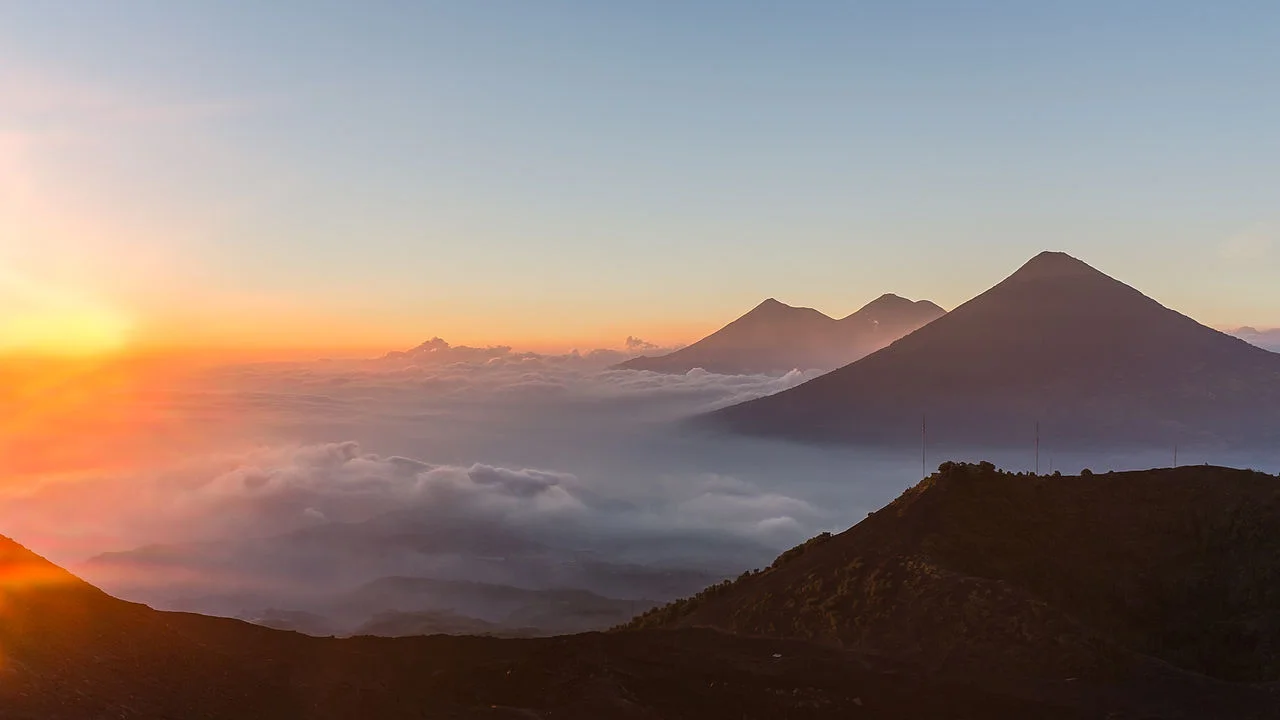Twitter’s been on fire with people amazed by cats that seem compelled to park themselves in squares of tape marked out on the floor. These felines appear powerless to resist the call of the #CatSquare.
Where the old things are: Australia’s most ancient trees
Bloomageddon: seven clever ways bluebells win the woodland turf war
The appearance of vivid bluebell carpets in British woodlands is a sure and spectacular sign of spring. Bluebells – Hyacinthoides non-scripta (L.) Chouard ex Rothm – are Britain’s favourite wildflower and particularly fine carpets attract visitors to well-known sites such as Kew Gardens in London and Coed Cefn in Powys, Wales.
Healthy soil is the real key to feeding the world
One of the biggest modern myths about agriculture is that organic farming is inherently sustainable. It can be, but it isn’t necessarily. After all, soil erosion from chemical-free tilled fields undermined the Roman Empire and other ancient societies around the world. Other agricultural myths hinder recognizing the potential to restore degraded soils to feed the world using fewer agrochemicals.
How do animals see in the dark?
Comets or volcanoes? Scientists are changing their minds about how the Earth’s water got here
The Earth has been the blue planet for as many as 3.8 billion years. Ancient sedimentary rock deposits and lava that cooled into characteristic pillow shapes provide irrefutable evidence that liquid water has existed at the Earth’s surface for at least this long. But given how many barren rocks there are in the galaxy, Earth’s abundant oceans raise the question of where all that water came from.
Conservation efforts must include small animals. After all, they run the world
The evidence that shows dinosaurs were in decline for 40 million years before the asteroid hit
When the dinosaurs were wiped off the face of the planet, how did they leave? Was it a slow, plodding decline or a short sharp bang? Back in the 1960s and 1970s, debate about this question was mainly taking place on the ground, at fossil sites in places like Montana. Paleontologist Robert Sloan and his colleagues documented evidence for the long-term decline of dinosaurs over a 10m to 20m-year period. Dinosaurs had been losing out, ever so slowly, to the rising mammals, mainly as a result of cooling climates.
When birds go roaming: The mystery of avian irruptions
Why we can’t spin a silken yarn as strong as a spider can
What Are Fossil Fuels?
The term “fossil fuels” is thrown about quite a lot these days. More often than not, it comes up in the context of environmental issues, Climate Change, or the so-called “energy crisis”. In addition to be a major source of pollution, humanity’s dependence on fossil fuels has led to a fair bit of anxiety in recent decades, and fueled demands for alternatives.
How Do Wind Turbines Work?
What Is An Ice Age
Scientists have known for some time that the Earth goes through cycles of climatic change. Owing to changes in Earth’s orbit, geological factors, and/or changes in Solar output, Earth occasionally experiences significant reductions in its surface and atmospheric temperatures. This results in long-term periods of glaciation, or what is more colloquially known as an “ice age”.
Why were there so many dinosaur species?
A new species of dinosaur is described, on average, every ten days. As many as 31 species have already been reported this year and we can expect a few more before 2016 is over. Of course, figuring out what counts as a distinct species is a tricky problem. Palaeontologists are argumentative by nature, so getting any two of them to agree on a definitive list of species is probably impossible. But by anyone’s count, there were a lot of them – 700 or 800 that we know of, probably thousands in total. So how did the dinosaurs become so diverse?
Ice ages have been linked to the Earth’s wobbly orbit – but when is the next one?
The oceans are full of plastic, but why do seabirds eat it?
What Is The World's Deepest Ocean?
One look at planet Earth on a map, or based on an image taken from space, ought to convey just how immense and important our oceans are. After all, they cover 72% of the planet’s surface, occupy a total volume of around 1.35 billion cubic kilometers (320 million cu mi), and are essential to life as we know it. And in their great depths, many mysteries still wait to be discovered.
Six different ways to think about ‘extinction’
What Is The Wettest Place On Earth?
Those who live along the “wet coast” – which is what people living in Puget Sound or the lower mainland of British Columbia and Vancouver Island affectionately call their home – might think that they live in the wettest place on Earth. Then again, people living in the Amazon rain forest might think that there lush and beautiful home is the dampest place in the world.
What Are Volcanoes?
A volcano is an impressive sight. When they are dormant, they loom large over everything on the landscape. When they are active, they are a destructive force of nature that is without equal, raining fire and ash down on everything in site. And during the long periods when they are not erupting, they can also be rather beneficial to the surrounding environment.














